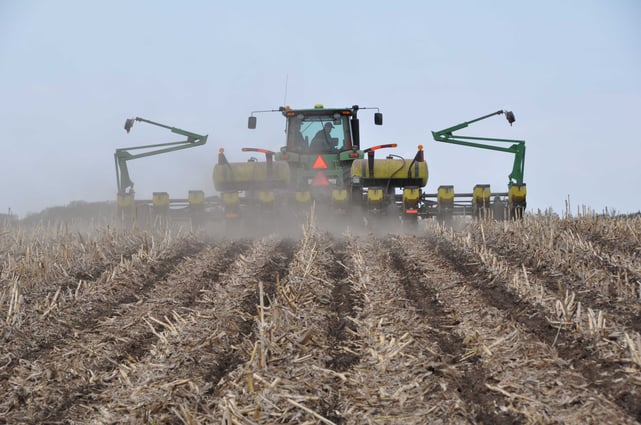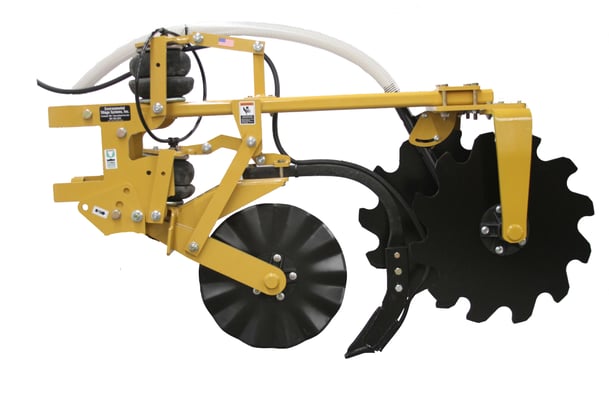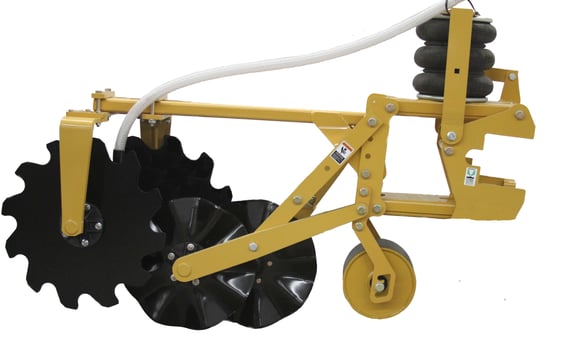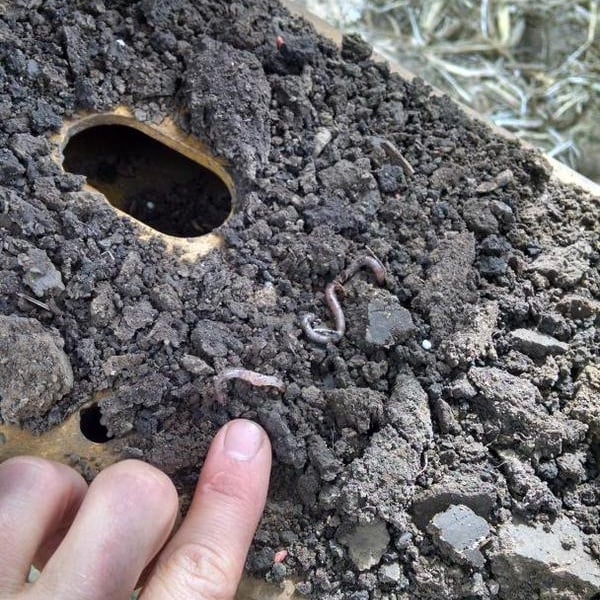To Shank or not to Shank: Choosing the Right Row Unit
Many farmers are accustomed to doing deep, horizontal, full surface tillage. But with an increasing number of growers researching strip-till, many are asking themselves what type of tillage system is best for their soil.
The great news is ETS manufactures SoilWarrior row units that provide tillage using a cog and coulters or a coulters and shank. Depending upon soil conditions and individual farm goals, each system serves a different and valuable purpose.

The SoilWarrior N row unit uses coulters to prepare a precise seed bed and comes with the option to attach a shank and knife to break through compaction and apply anhydrous ammonia.

“In order to get through high residue with a shank and knife you need a coulter to cut the residue in front of it,” says Kevin Kuehn, ETS product support manager. “The coulter is necessary to allow the residue to flow through the row unit. If a producer wants to apply NH3, the shank and knife is mandatory.”
Shanks are also sometimes needed for certain soil types and conditions. Compacted soils with poor structure may require it to penetrate through the compaction layer. Kuehn says sandy soils generally don’t require a shank unless farmers are putting on anhydrous.
“The combination gives the farmer more options for different soil types and moisture issues,” adds University of Minnesota Extension Specialist Jodi DeJong-Hughes. “Shanks will band apply the nutrients in a concentrated zone about 4-6" below the seed.”

“Some clients are using less deep tillage as time goes by because the health of their soil is improving and the need for deep tillage is reduced,” Kuehn adds. “Coulter tillage promotes the earthworm population, and they do their job of building soil health, reducing compaction and improving water infiltration.”

Photo taken by ETS customer Dave Delhotal on his farm.
Not sure which system is right for your farm? We're happy to help you figure it out. Click the button below to learn more about our on-farm demos.

Comment